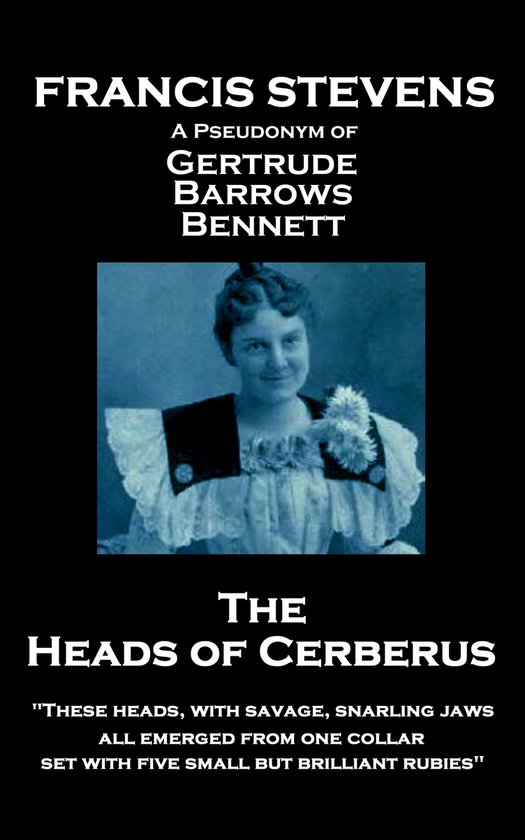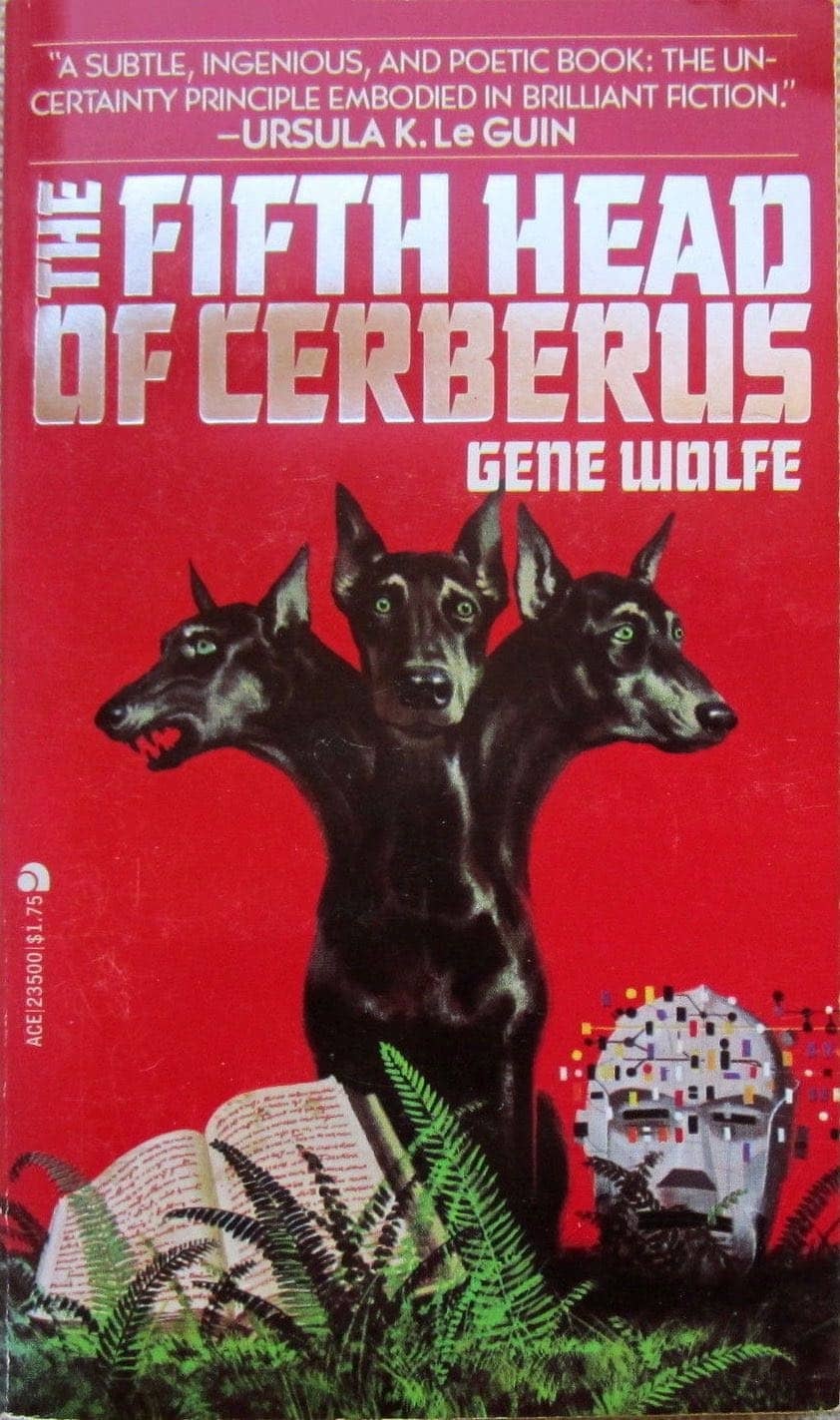


These officials attain their positions through nepotism and graft, and their characters are generally the exact opposite of their titles: Pity is pitiless, Virtue is corrupt, and so forth. The city-state of Philadelphia no longer has any communication with the rest of the world, and its citizens have numbers instead of names, all except for the Servants of Penn (government officials) and the Superlatives (rulers), who go by their titles-things like Virtue, Mercy, Strongest, and Loveliest. In Stevens’ 2118, isolationism has been taken to a totalitarian extreme. In 1918, a lawyer down on his luck, his wealthy and burly Irish buddy, and the buddy’s fetching younger sister spill a vial of strange gray dust that catapults them forward through time, first to a mystic realm between worlds and then through a moonlike door into a possible future.

This novel, first published in serial form in 1919, has been reprinted from time to time as readers and scholars revisit past visions of the future, fantasy and science fiction by women, and forgotten influences on more famous genre writers. In the first decades of the 20th century, Gertrude Barrows Bennett wrote pulp genre fiction under the pseudonym Francis Stevens. With a beautifully designed cover and professionally typeset manuscript, this edition of Francis Stevens' The Heads of Cerberus is a classic work of American science fiction reimagined for modern readers.An early-20th-century time-travel dystopia whose vision of 2118 resonates eerily with our own century. With her eye on the present, writing at a time of war and increasing political division, Stevens tells a story about a future both strange and all too familiar, warning her readers about the dangers of unchecked power through the guise of fantasy and adventure. Names have been replaced by identification numbers and annual contests run by the ruthless overseer leave families torn apart by violence and death. Somehow, the city has come under complete totalitarian control, forcing the vast majority of its poor citizens to live in constant fear of death and imprisonment. Before they can find out what it is or where it came from, they are transported to the year 2118. In 1918, three friends from Philadelphia discover a strange powdery substance. Noted for its satirical tone and dystopian themes, The Head of Cerberus remains central to Stevens' reputation as a pioneering author of fantasy and science fiction. Originally serialized in The Thrill Book, a popular pulp magazine, The Heads of Cerberus was recognized as "perhaps the first science fiction fantasy to use the alternate time-track, or parallel worlds, idea" by anthologist and critic Groff Conklin. The Heads of Cerberus (1919) is a science fiction novel by Francis Stevens.


 0 kommentar(er)
0 kommentar(er)
